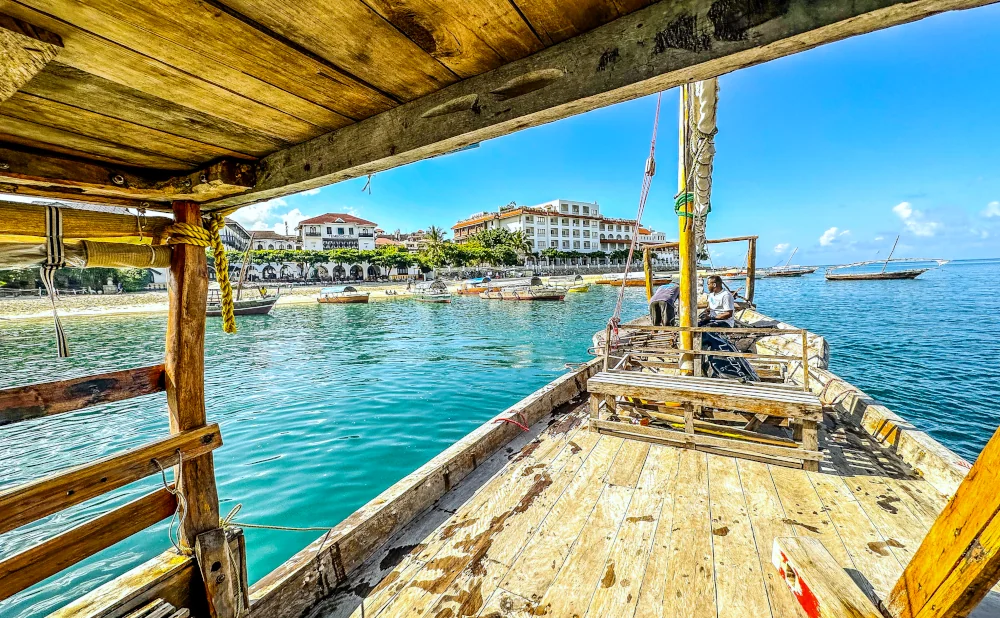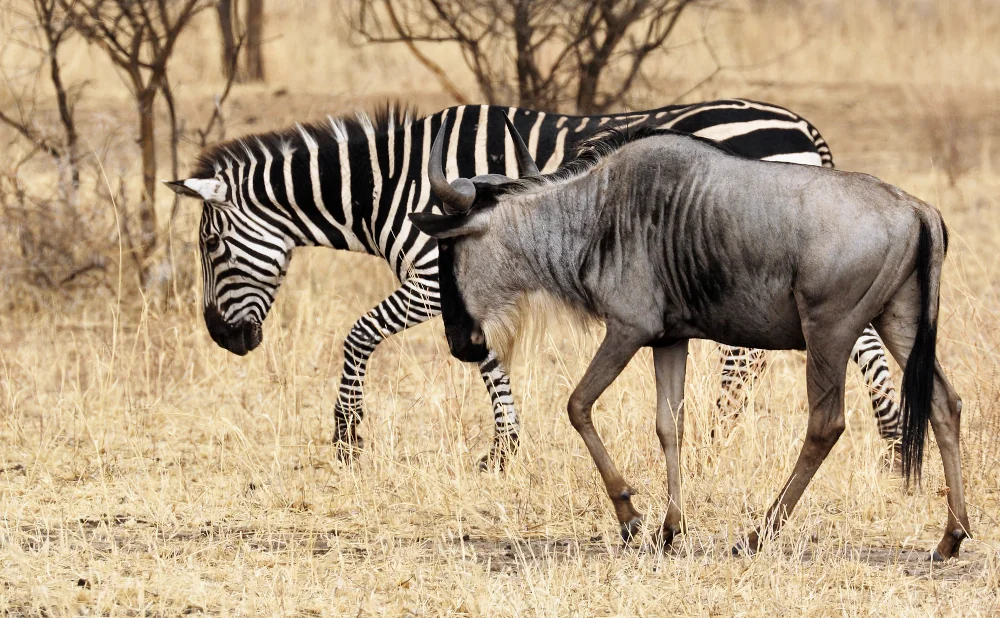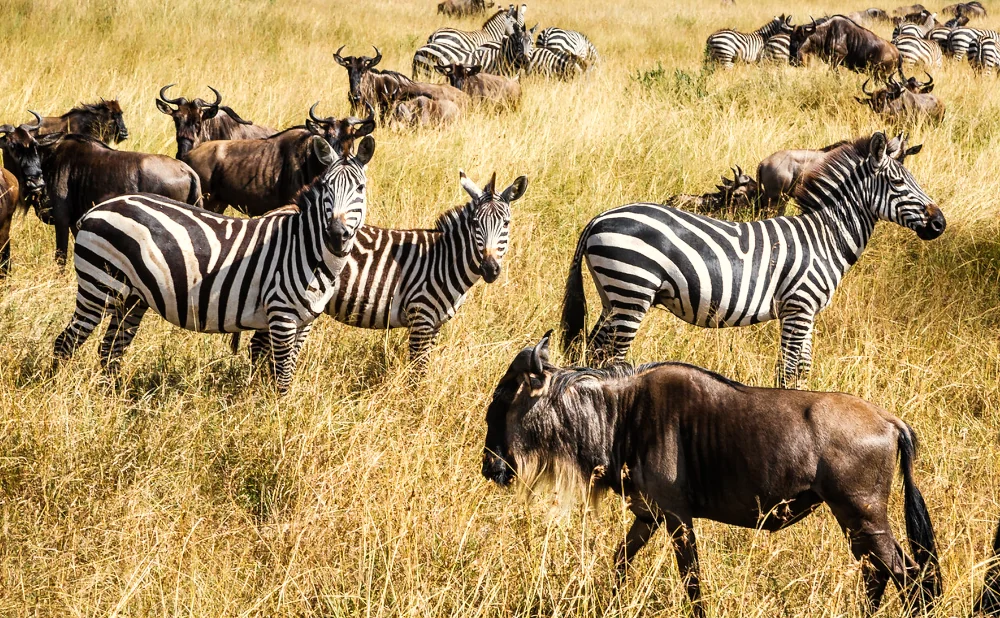Exploring the Majesty of Mount Kilimanjaro
Mount Kilimanjaro, the tallest mountain in Tanzania, is a sight to behold. Its majestic peak, known as Uhuru, towers at an impressive 5,895 meters above sea level.
This free-standing mountain is not just a geographical marvel. It's a beacon for adventurers, nature enthusiasts, and those seeking a unique challenge. Climbing Kilimanjaro is an experience that leaves an indelible mark on the soul.
The journey to the summit is a test of physical endurance and mental resilience. Yet, it's accessible to many, as it doesn't require technical climbing skills. The mountain offers several routes, each with its own charm and challenges.
In this guide, we'll explore the majesty of Mount Kilimanjaro. We'll delve into its allure, the routes to its summit, and the essential preparations for the climb. Whether you're an aspiring climber or simply fascinated by this natural wonder, this article is for you.
Join us as we embark on this virtual journey to the roof of Africa.
The Allure of Africa's Tallest Peak
Mount Kilimanjaro is not just the tallest mountain in Tanzania. It's the highest free-standing mountain in the world. This alone makes it a magnet for climbers and adventure seekers globally.
But Kilimanjaro's allure extends beyond its height. The mountain is a symphony of ecological diversity. As you ascend, you traverse through five distinct ecological zones, each with its unique flora and fauna.
The mountain's cultural significance adds another layer to its charm. For the local Chagga people, Kilimanjaro holds deep historical and spiritual value. For climbers, reaching its summit is often a profound, life-changing experience.
In essence, the allure of Kilimanjaro lies in its blend of natural beauty, cultural richness, and the personal challenge it presents. It's a journey of discovery, both of the world and of oneself.
Kilimanjaro's Summit: Uhuru Peak
The summit of Kilimanjaro, known as Uhuru Peak, is the ultimate goal for climbers. Standing at 5,895 meters (19,341 feet) above sea level, it's a testament to the mountain's majesty.
Reaching Uhuru Peak is no easy feat. It requires physical endurance, mental resilience, and careful acclimatization. But the reward is worth the effort. From the summit, climbers are treated to panoramic views of the surrounding plains and the volcanic craters of Mawenzi.
The sense of accomplishment upon reaching Uhuru Peak is often described as life-changing. It's a moment of triumph, a testament to human resilience and determination.
Routes to Glory: Climbing Kilimanjaro
Climbing Kilimanjaro is a journey of discovery. It's a test of endurance, a communion with nature, and a step into the unknown. There are several routes to the summit, each with its unique challenges and rewards.
The most popular routes include Marangu, Machame, and Lemosho. Each route offers a different perspective of the mountain's diverse ecology. From lush rainforests to alpine deserts, climbers experience a range of landscapes.
Here are the key features of each route:
- Marangu: Known as the "Coca-Cola" route, it's the most popular and has hut accommodations.
- Machame: Offers stunning views but is more challenging.
- Lemosho: Longer and offers a more gradual ascent, aiding in acclimatization.
Marangu: The "Coca-Cola" Route
The Marangu route is often the first choice for many climbers. It's the only route with hut accommodations, providing a level of comfort on the mountain. However, its popularity means it can be crowded, especially during peak climbing seasons.
Despite its comforts, Marangu is not to be underestimated. The ascent is steep, and the risk of altitude sickness is real. Proper acclimatization is crucial for a successful climb.
Machame: The Scenic Challenge
The Machame route is known for its scenic beauty. It offers stunning views of Kilimanjaro's diverse landscapes. However, this route is more challenging, with steeper climbs and longer trekking days.
Despite the challenges, many climbers choose Machame for its beauty. The sense of achievement upon reaching the summit is amplified by the journey's physical demands.
Lemosho: The Gradual Ascent
The Lemosho route is a favorite among seasoned climbers. It's longer and offers a more gradual ascent, which can aid in acclimatization. The route also passes through some of Kilimanjaro's most beautiful landscapes.
The Lemosho route is less crowded, offering a more serene climbing experience. However, its length means climbers need to be well-prepared, both physically and mentally.
Preparing for the Climb
Climbing Kilimanjaro is a significant undertaking. It requires careful preparation. Physical fitness, the right gear, and knowledge about health and safety on the mountain are crucial.
The climb is a test of endurance. It's not just about strength, but also about mental resilience. The right preparation can make the difference between a successful climb and a disappointing retreat.
Training and Gear
Training for Kilimanjaro involves cardiovascular exercises, strength training, and hiking practice. It's important to start training several months before the climb. This helps your body adapt to the physical demands of the trek.
The right gear is also essential. Warm clothing, sturdy boots, and a sleeping bag rated for extreme cold are must-haves. It's also important to have a good quality backpack, water bottles, and trekking poles.
Remember, the weather on Kilimanjaro can be unpredictable. It's best to be prepared for all conditions. Layering your clothing can help manage changing temperatures.
Health and Safety on the Mountain
Health and safety are paramount on Kilimanjaro. Altitude sickness is a real risk. It's important to understand its symptoms and when to descend.
Regular health checks by guides are part of the safety measures on the mountain. Emergency evacuation is available if necessary. It's also crucial to stay hydrated and eat high-energy foods to maintain energy levels.
Lastly, travel insurance that covers high-altitude trekking is highly recommended. It provides a safety net in case of unforeseen circumstances.
Best Times to Visit and Weather Considerations
The best times to climb Kilimanjaro are during the dry seasons. These are from January to March and June to October. During these periods, the weather is generally more predictable and the trails less slippery.
However, Kilimanjaro's unique position near the equator means that climbers can experience extreme temperature changes in a single day. It's important to be prepared for all weather conditions, regardless of the season.
The Kilimanjaro Experience: Flora, Fauna, and Ecology
Mount Kilimanjaro is not just about the climb. It's also about the rich biodiversity that the mountain hosts. As climbers ascend, they traverse through five distinct ecological zones, each with its unique flora and fauna.
""
From the lush rainforest at the base to the alpine desert and finally the arctic conditions at the summit, the mountain offers a unique ecological journey. While wildlife sightings are rare during the climb, the lower slopes are home to elephants, leopards, and buffaloes.
The mountain's ecology is a testament to the diverse beauty of Tanzania. It adds another layer of richness to the Kilimanjaro experience.
Preserving the Majesty: Conservation Efforts
Mount Kilimanjaro's popularity as a tourist destination has raised environmental concerns. The high footfall has led to increased litter and strain on the mountain's delicate ecosystems.
In response, conservation efforts are in place to preserve the mountain's natural beauty. These include strict regulations on littering, promotion of sustainable practices, and the use of park entry fees for conservation and maintenance. The goal is to ensure that Kilimanjaro remains majestic for future generations.
Conclusion: The Life-Changing Journey
Climbing Mount Kilimanjaro is more than just a physical challenge. It's a journey of self-discovery, camaraderie, and respect for nature's grandeur. The sense of accomplishment upon reaching the summit is often described as life-changing, making the journey to the roof of Africa a truly unforgettable experience.











